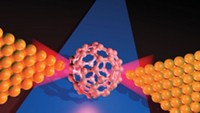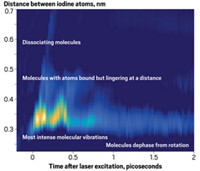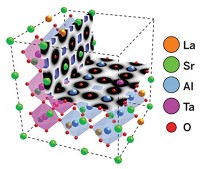Advertisement
Grab your lab coat. Let's get started
Welcome!
Welcome!
Create an account below to get 6 C&EN articles per month, receive newsletters and more - all free.
It seems this is your first time logging in online. Please enter the following information to continue.
As an ACS member you automatically get access to this site. All we need is few more details to create your reading experience.
Not you? Sign in with a different account.
Not you? Sign in with a different account.
ERROR 1
ERROR 1
ERROR 2
ERROR 2
ERROR 2
ERROR 2
ERROR 2
Password and Confirm password must match.
If you have an ACS member number, please enter it here so we can link this account to your membership. (optional)
ERROR 2
ACS values your privacy. By submitting your information, you are gaining access to C&EN and subscribing to our weekly newsletter. We use the information you provide to make your reading experience better, and we will never sell your data to third party members.
Analytical Chemistry
Diamond Sparks Single-Protein EPR
by Jyllian Kemsley
March 9, 2015
| A version of this story appeared in
Volume 93, Issue 10
Scientists have recently learned how to use diamond crystal lattice defects as nuclear magnetic resonance detectors to extract chemical and structural information from individual biomolecules or nanoscale features of other materials. Expanding on that work, researchers now report using those same defects to get electron paramagnetic resonance (EPR) signals from single proteins (Science 2015, DOI: 10.1126/science.aaa2253). The diamond defects are called NV centers and consist of a nitrogen atom and an adjacent lattice vacancy in place of a pair of adjacent carbon atoms. The fluorescence of the NV center is sensitive to the magnetic dipole interaction between the center and an unpaired spin associated with the protein. In the test case, the researchers used a nitroxide spin label attached to a protein involved in cell duplication. The protein was immobilized in a polylysine layer on the diamond surface, placing the spin label about 10 nm from the diamond defect. The team, led by Jiangfeng Du of the University of Science & Technology of China, was able not only to detect a signal for the spin label but also to extract information about protein motion. Going forward, interactions between the spin label and neighboring protein nuclei, as detected by the diamond NV center, could provide even more structural and dynamical information, the researchers write.






Join the conversation
Contact the reporter
Submit a Letter to the Editor for publication
Engage with us on Twitter